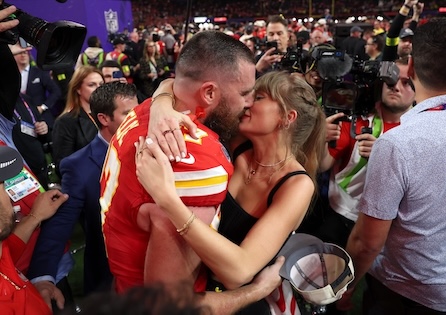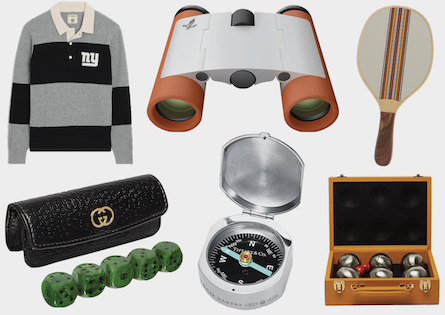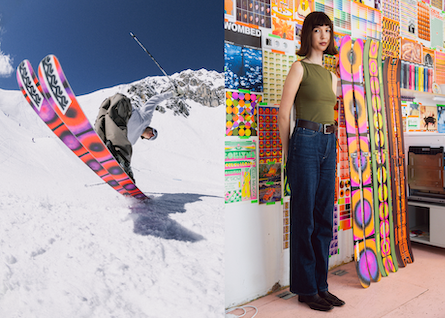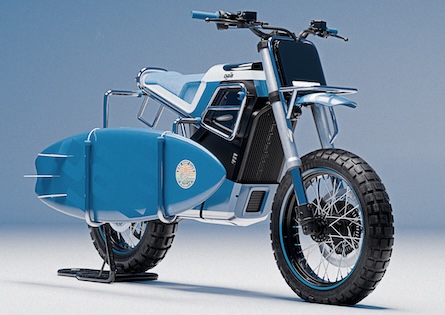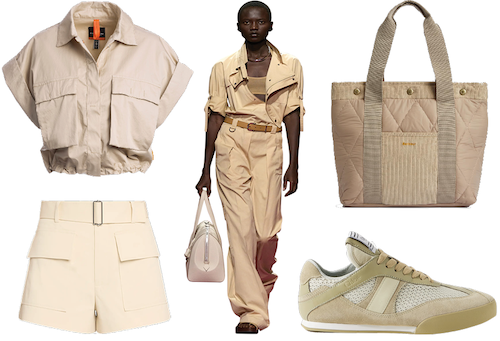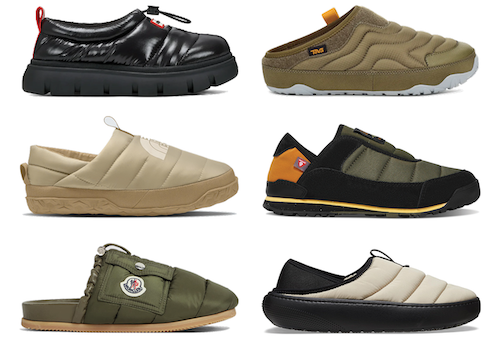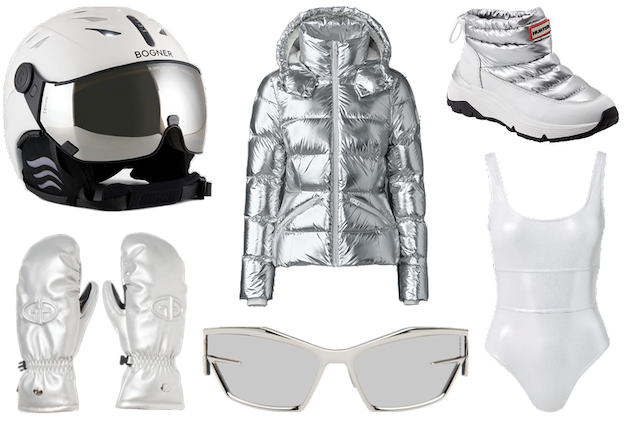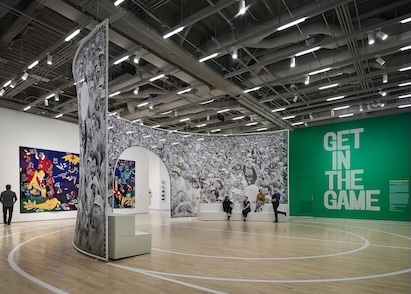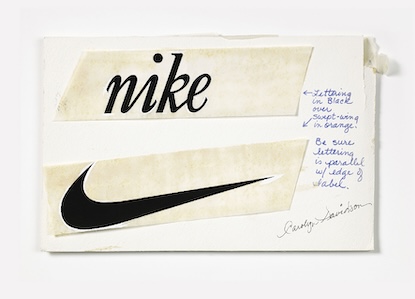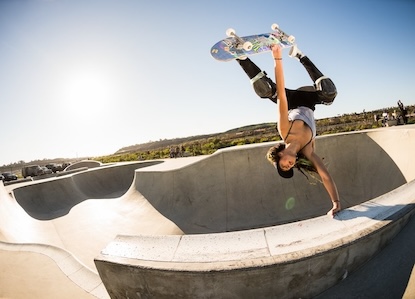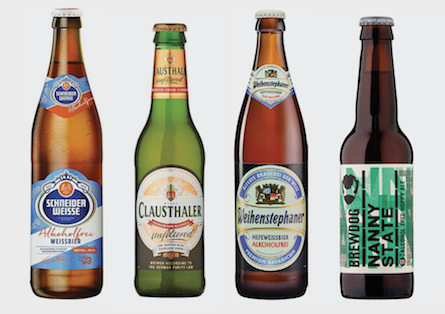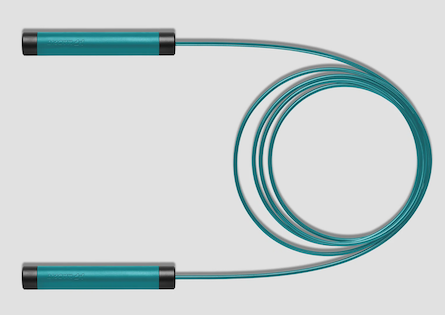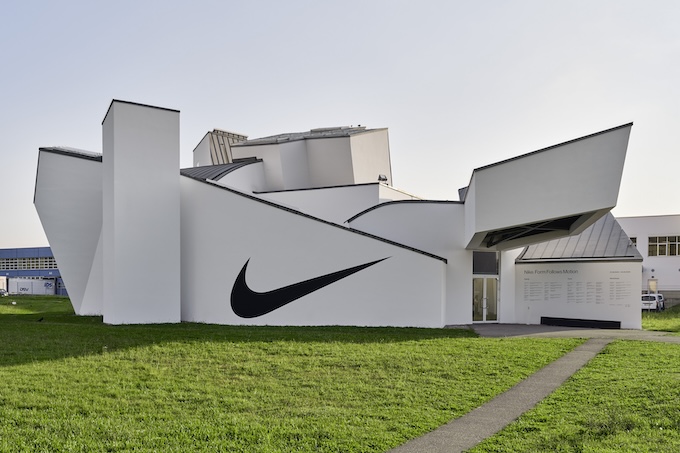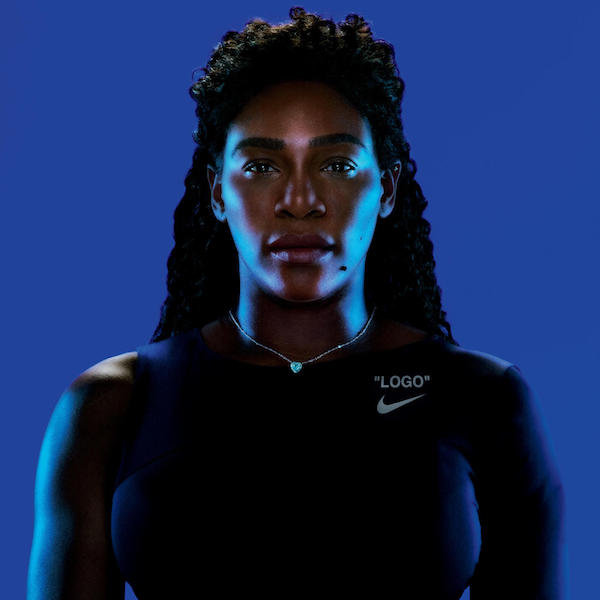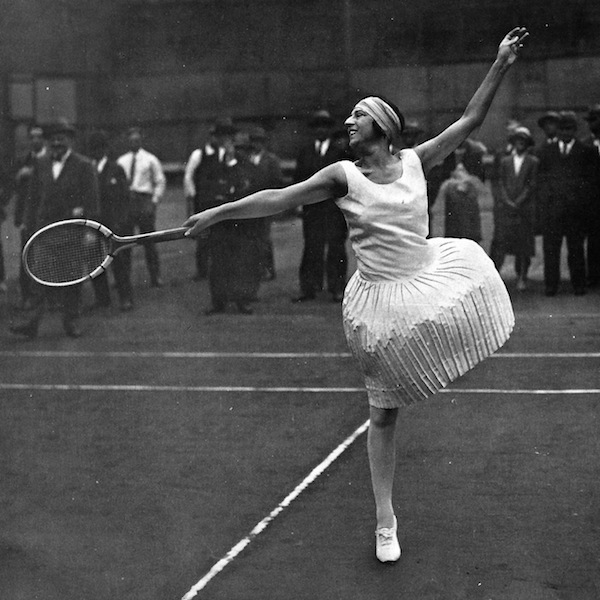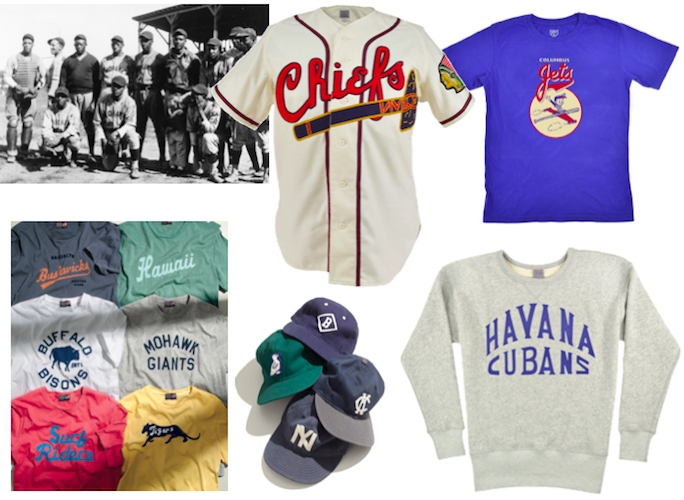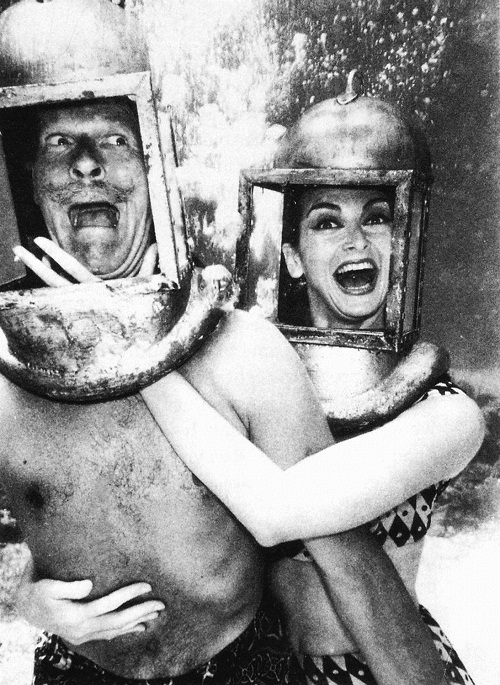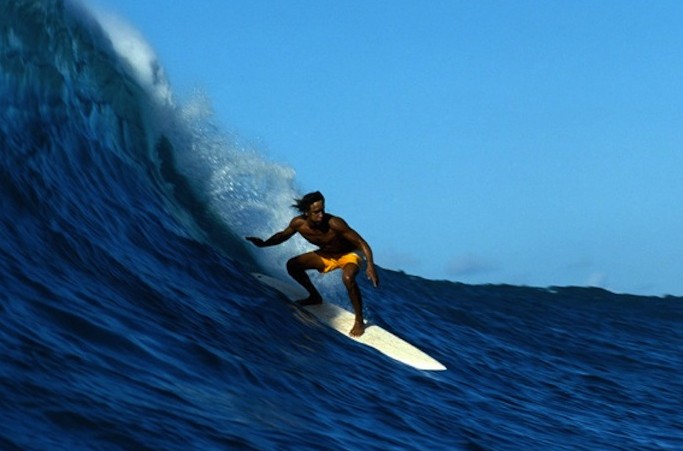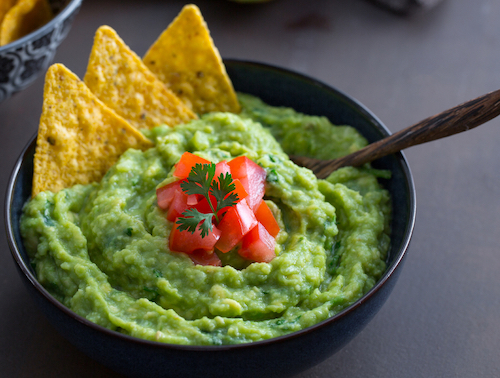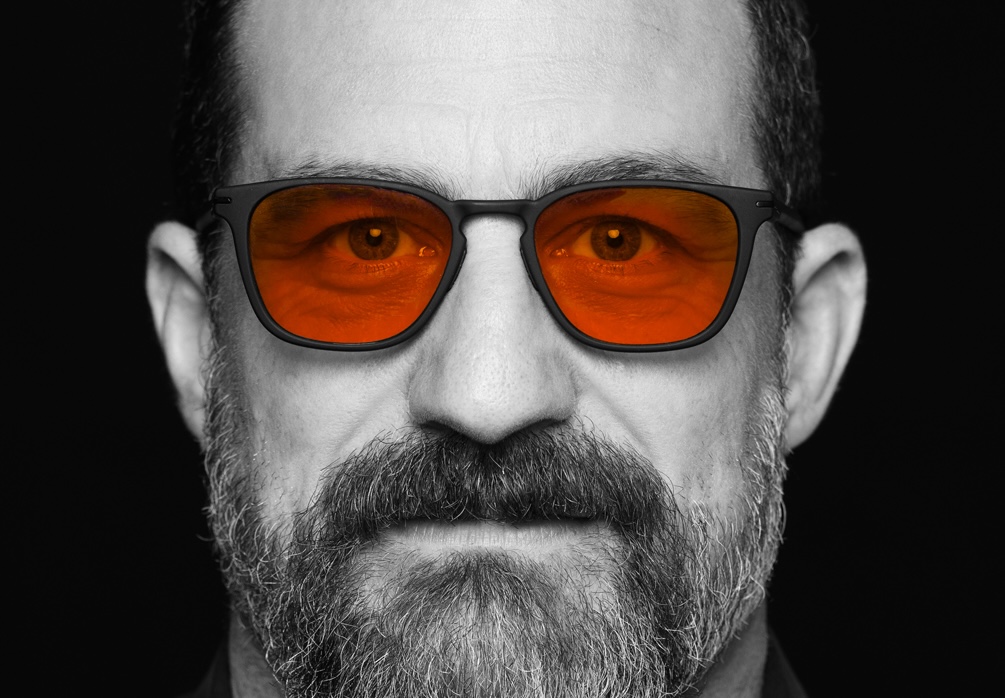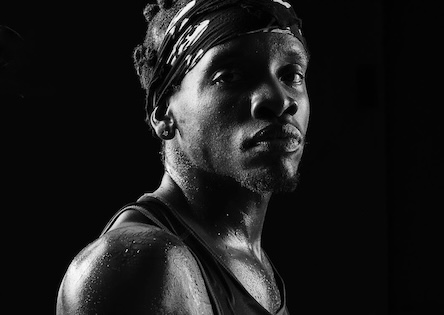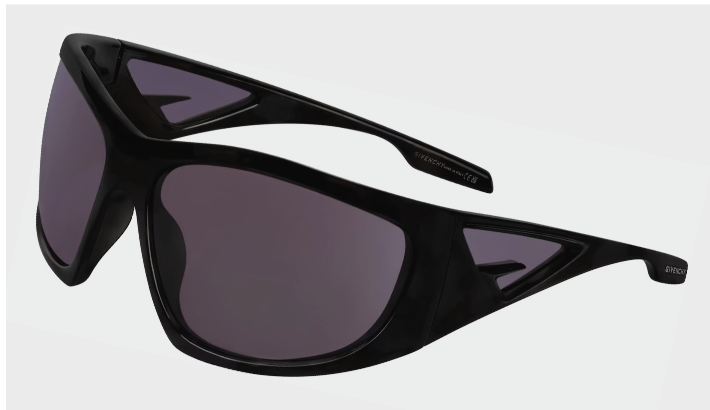Now on view at the Vitra Design Museum in Weil am Rhein, Germany is Nike: Form Follows Motion, the first ever comprehensive museum exhibition about Nike. The show explores the company’s five-decade ascent from a grassroots start-up to a global phenomenon, with a focus on Nike’s design history: from the company’s beginnings in the 1960s and the design of its famous swoosh logo; to iconic products such as Air Max and Flyknit; and current research devoted to future materials and sustainability. The exhibition highlights how sport is a catalyst for both design innovation and social change, and also sheds light on the almost mythical devotion to sneakers and sportswear in popular culture.
Named after the Greek goddess of victory, Nike has become more than just a brand. It is a whole design culture. Products have been developed with a blend of scientific study, sports research, and aesthetic sensibility — from material engineering to biology to body mechanics. Athletes have played a uniquely influential role by bringing their own experiences and requirements into product development. Nike: Form Follows Motion offers a look behind the scenes of this design laboratory for the first time. Read More
